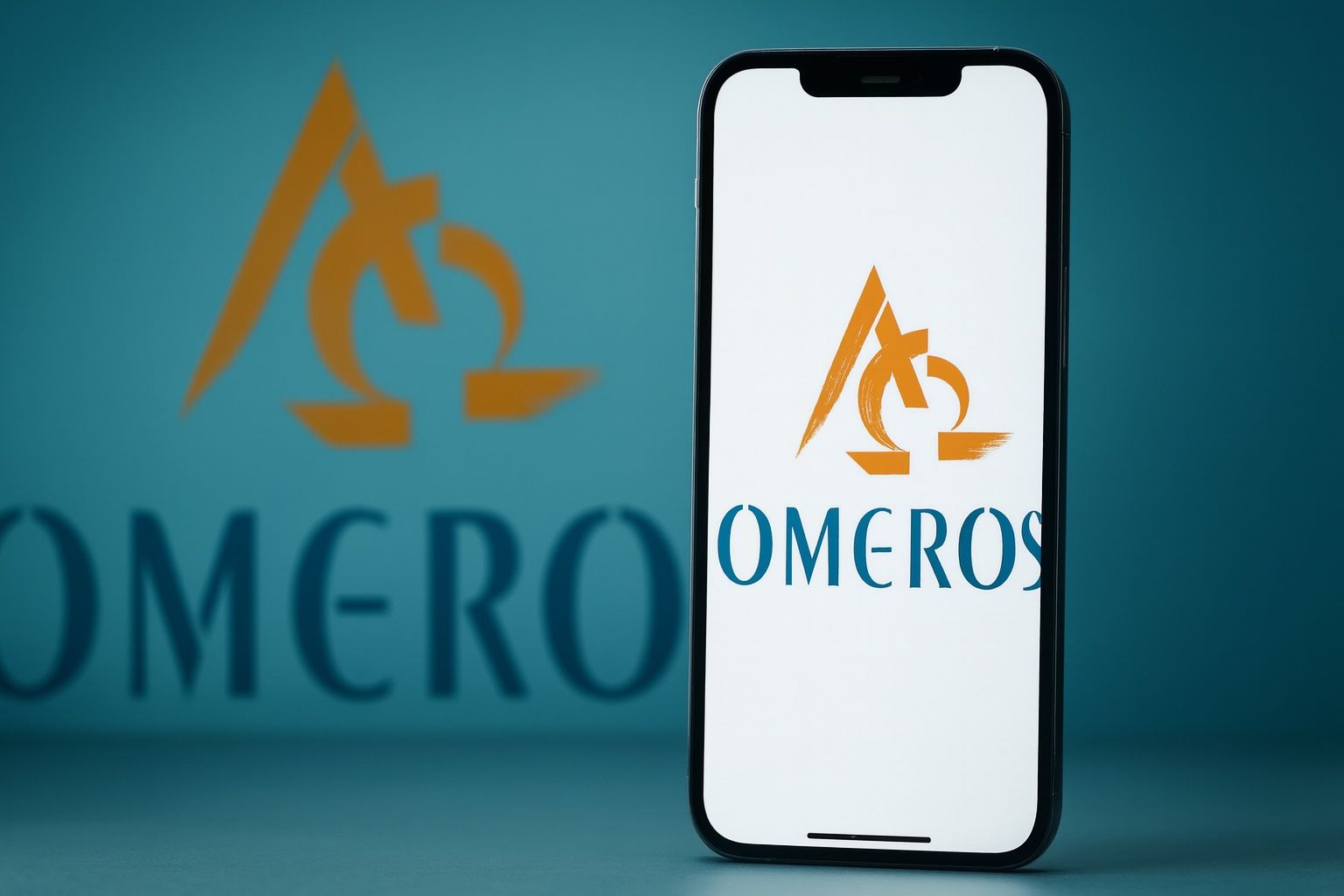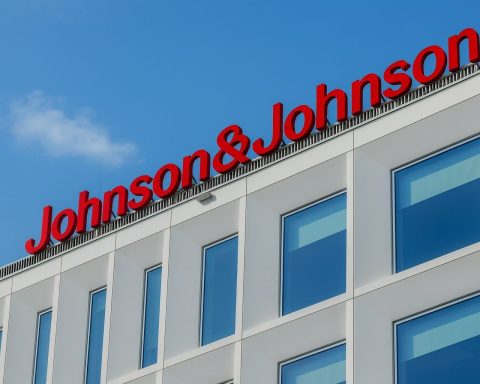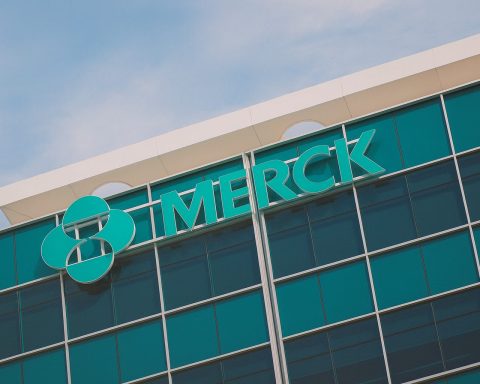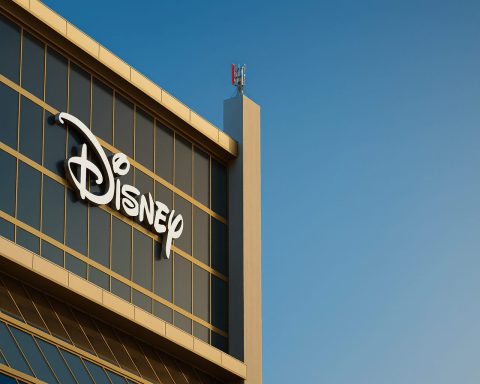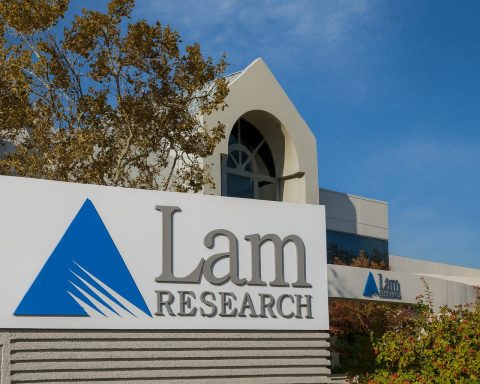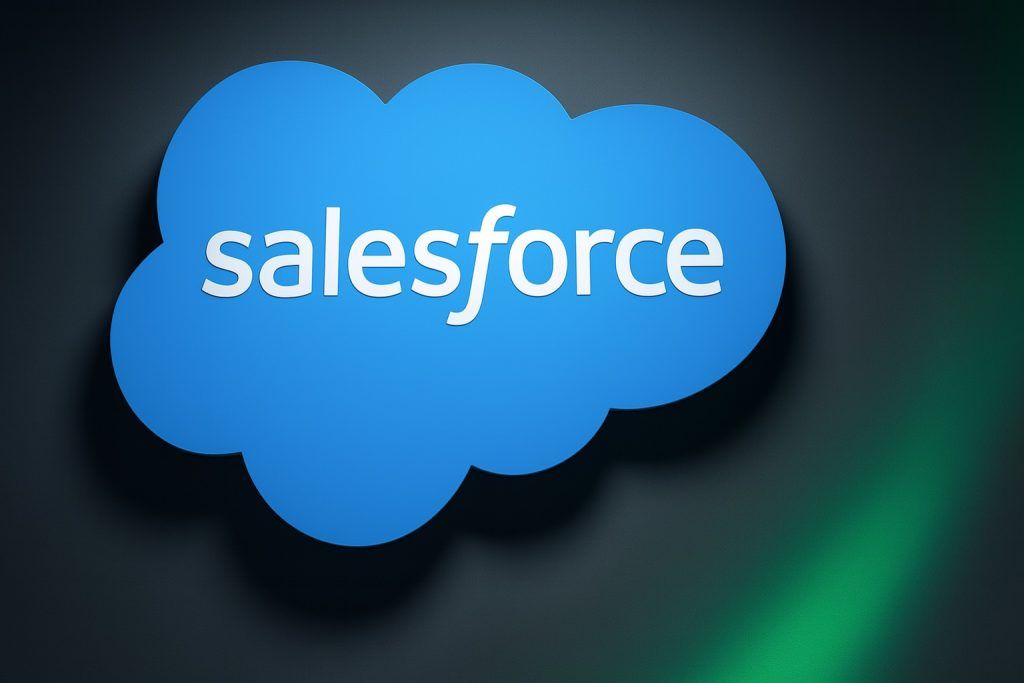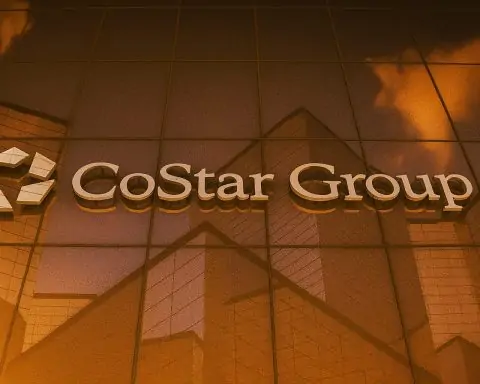- Ticker: NASDAQ: OMER (biotech)
- Price (Oct 15 close): ~$10.42 [1] (up ~150% from ~$4.10 on Oct 14) [2] [3].
- Catalyst: Novo Nordisk licensing deal for Omeros’ drug zaltenibart (OMS906) – $340M upfront plus up to $2.1B in milestones/royalties [4] [5].
- Pipeline: Lead asset narsoplimab (OMS721) – a monoclonal antibody for transplant-related blood disorders – under FDA/EMA review (PDUFA set for Dec 26, 2025) [6]. Other programs include OMS906 (licensed to Novo), a long-acting MASP-2 inhibitor (OMS1029), and a PDE7 inhibitor (OMS527) for cocaine addiction [7] [8].
- Recent financials: Q2’2025 net loss $25.4M (improved from $56.0M a year earlier) [9]. Cash ~$28.7M at June 30, 2025 [10]; raised $20.6M in late July via stock sale (to Polar Asset) [11]. Debt restructuring exchanged ~$70.8M of notes to extend maturities and cut near-term debt [12].
- Analyst sentiment: Overwhelmingly bullish. 4 covering analysts rate OMER “Strong Buy” with average 1-yr target ~$27.5 (≈+164%) [13]. One Wall Street analyst (WBB’s Steve Brozak) still pegs it at $45 [14]. Consensus targets range roughly $18–$36 [15] [16], implying upside of 100–400%.
Stock Performance: Recent Surge and Volatility
Omeros shares were trading around $4–$4.60 through early October, then exploded on Oct. 15. Data from the company’s IR site show OMER jumped from $4.10 (Oct 14 close) to $10.42 by Oct 15 close [17]. Intraday on Oct 15, it even hit a high around $12.10. This roughly 150% one-day surge was driven by the Novo Nordisk deal (see below). Trading volume was staggering: Benzinga reports ~89.2 million shares traded (vs. a ~1.1M daily average) during the rally [18]. By mid-October 16 pre-market, OMER was around $9–10 per share – still far above levels seen just days prior [19] [20].
The rapid rise snapped years of flat to depressed trading: OMER spent most of 2025 in the $4–5 range until this week [21]. The stock’s volatility had been well-known; analysts caution that such biotech names swing wildly on news. As one tech-stock analysis noted, “traders are upbeat” but warned Omeros has “historically tight cash” and high R&D costs [22]. In short, Omeros is back in spotlight, but the same factors that make it promising (big drug bets) also make it risky.
Novo Nordisk Licensing Deal: Game-Changer for Omeros
The headline development is the Oct. 15 announcement that Danish pharma giant Novo Nordisk will license Omeros’s experimental drug zaltenibart (OMS906) for rare blood and kidney diseases. Under the agreement, Novo pays $340 million upfront and milestones, totaling up to $2.1 billion in payments plus royalties [23] [24]. Novo gains exclusive global rights to zaltenibart in all indications [25]. The deal is structured as an asset sale/license (not a full acquisition) and is expected to close by Q4 2025 [26] [27].
Zaltenibart is a MASP-3 inhibitor (an antibody targeting the complement system). It has shown promise in Phase 2 trials for paroxysmal nocturnal hemoglobinuria (PNH), a rare and serious blood disorder [28] [29]. Novo’s R&D chief, Martin Holst Lange, hailed zaltenibart’s “novel mode of action” and potential advantages over existing therapies [30] [31]. Omeros’s CEO, Gregory Demopulos, said the company is “pleased” about the collaboration and expects Novo’s reach to “unlock the potential” of zaltenibart [32] [33].
In effect, the deal gives Omeros a cash infusion to fund its pipeline. The $340M up-front alone far exceeds the company’s recent cash on hand. Management notes Omeros will retain rights to any non-zaltenibart MASP-3 programs, but will pivot focus back to its lead asset, narsoplimab (OMS721) [34] [35]. Novo plans to start a global Phase 3 trial of zaltenibart in PNH and related diseases once closing is complete [36] [37].
Pipeline and Regulatory Updates
Aside from zaltenibart, Omeros’s pipeline centers on narsoplimab (OMS721) – an antibody targeting MASP-2 – being developed for transplant-associated thrombotic microangiopathy (TA-TMA), a rare but life-threatening clotting complication in stem-cell transplant patients. Omeros reported that in March 2025 it resubmitted its FDA Biologics License Application (BLA) for narsoplimab. The FDA accepted it as a Class 2 application and originally set a target decision date of Sept 25, 2025, which was later pushed to Dec 26, 2025 after Omeros responded to an information request [38]. The FDA indicated that if no major issues arise, labeling discussions could start by October 2025 [39]. Omeros says all analyses requested by FDA have been positive to date [40]. Meanwhile, in June 2025 Omeros filed for European approval (a Marketing Authorization Application) for narsoplimab; the EMA has accepted it for review with an opinion expected mid-2026 [41].
In summary: major near-term catalysts include the FDA decision on narsoplimab (TA-TMA) by late 2025, and if approved, a U.S. launch next year. The company notes that narsoplimab already has Breakthrough Therapy and Orphan Drug designations [42]. Other pipeline items: OMS1029 (a long-acting MASP-2 inhibitor) completed Phase 1; OMS527 (a PDE7 inhibitor for cocaine addiction) is in mid-stage trials with NIH funding [43]; and various early-stage immuno-oncology and complement programs. Omeros had “paused” further development of zaltenibart after the Phase 2, but now that it’s licensed to Novo, Omeros will not fund that trial and can focus on narsoplimab and other candidates [44] [45].
Recent Financials and Balance Sheet Moves
Omeros’s latest published results (Q2 2025) show progress on costs: the net loss was $25.4M for Q2 (ending June 30, 2025) vs $56.0M a year earlier [46]. The improvement largely reflects lower manufacturing spend. As of June 30 the company had only $28.7M in cash and short-term investments [47], so funding was a critical issue. In July 2025 Omeros raised $20.6M in gross proceeds from Polar Asset buying 5.36M new shares at $4.10 each (about 14% above the market price) [48]. It also engaged in debt exchanges in May: around $70.8M of its 2026 convertible notes were swapped into new 2029 notes [49]. After these deals, only ~$17.1M of the 2026 notes remained outstanding [50]. In short, Omeros used equity and debt moves to extend its runway ahead of the FDA decisions.
Analyst Commentary and Outlook
Biotech analysts have praised the Novo deal and Omeros’s prospects. For example, WBB Securities analyst Steve Brozak reiterated a “Strong Buy” rating with a $45 price target on Oct 15 [51]. Similarly, Jason Kolbert of D. Boral Capital maintained a Buy at $36 target (implying ~250% upside) [52]. A MarketBeat consensus of seven firms shows one Strong Buy, three Buys, two Holds and one Sell; overall consensus is a “Moderate Buy” with an $18 target [53]. (That ~$18 is a pre-surge figure; analysts will likely revise targets upward now.) Stockanalysis.com notes all four analysts covering OMER are now “Strong Buy” with an average target of $27.50 [54]. (GuruFocus similarly calculates an average target near $30 [55].)
In plain terms, Wall Street sees significant upside if Omeros executes. Some projections are bullish: tech-stock analysts at Ts2.tech write that OMER could hit “$30+” in 2026 if key clinical milestones are met [56]. Others caution that risks remain: Omeros has a history of cash burn and delays, and upcoming FDA/EMA decisions are binary. As one report notes, “upsides hinge on successful trials and approvals, while risks include costly R&D, regulatory setbacks and [Omeros’s] tight cash” [57]. In other words, the stock’s new high is driven by hope — analysts say it now depends on delivering on that hope.
Bottom Line
Omeros has vaulted from a small-cap biotech name to the top news after the Novo licensing deal. The company now has cash in hand and a validation from a major drugmaker for one of its drugs. Its own lead drug (narsoplimab) could also win approval this year, setting up potential 2026 sales. Investors are split between excitement (big upside) and caution (still a cash-burning biotech). For general readers: Omeros is a high-risk, high-reward story right now, with fortunes tied to regulatory outcomes. Reputable sources confirm the facts above [58] [59] [60] [61] [62], but every biotech investor should note the disclaimer that past moves are not guarantees of future returns.
Sources: Company filings and press releases (Omeros, Novo), news agencies (Reuters) and financial analysts [63] [64] [65] [66]. Data from market and investor sites (Nasdaq, MarketBeat, StockAnalysis, Benzinga, Ts2.tech) were used to compile prices, ratings and quotes [67] [68] [69] [70]. All figures are as of Oct. 15, 2025 (last trading day).
References
1. investor.omeros.com, 2. investor.omeros.com, 3. ts2.tech, 4. www.biospace.com, 5. www.reuters.com, 6. investor.omeros.com, 7. investor.omeros.com, 8. investor.omeros.com, 9. investor.omeros.com, 10. investor.omeros.com, 11. investor.omeros.com, 12. investor.omeros.com, 13. stockanalysis.com, 14. www.gurufocus.com, 15. ts2.tech, 16. stockanalysis.com, 17. investor.omeros.com, 18. www.benzinga.com, 19. ts2.tech, 20. www.benzinga.com, 21. investor.omeros.com, 22. ts2.tech, 23. www.biospace.com, 24. www.reuters.com, 25. www.biospace.com, 26. www.reuters.com, 27. www.biospace.com, 28. www.biospace.com, 29. www.investing.com, 30. www.biospace.com, 31. www.investing.com, 32. www.biospace.com, 33. ts2.tech, 34. www.biospace.com, 35. ts2.tech, 36. www.biospace.com, 37. www.investing.com, 38. investor.omeros.com, 39. investor.omeros.com, 40. investor.omeros.com, 41. investor.omeros.com, 42. investor.omeros.com, 43. investor.omeros.com, 44. www.fiercebiotech.com, 45. investor.omeros.com, 46. investor.omeros.com, 47. investor.omeros.com, 48. investor.omeros.com, 49. investor.omeros.com, 50. investor.omeros.com, 51. www.gurufocus.com, 52. ts2.tech, 53. www.marketbeat.com, 54. stockanalysis.com, 55. www.gurufocus.com, 56. ts2.tech, 57. ts2.tech, 58. ts2.tech, 59. www.reuters.com, 60. www.biospace.com, 61. investor.omeros.com, 62. www.gurufocus.com, 63. www.reuters.com, 64. www.biospace.com, 65. investor.omeros.com, 66. www.gurufocus.com, 67. ts2.tech, 68. investor.omeros.com, 69. stockanalysis.com, 70. www.benzinga.com
